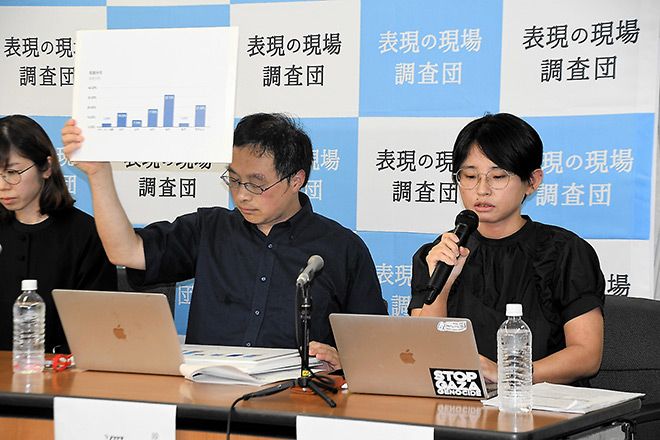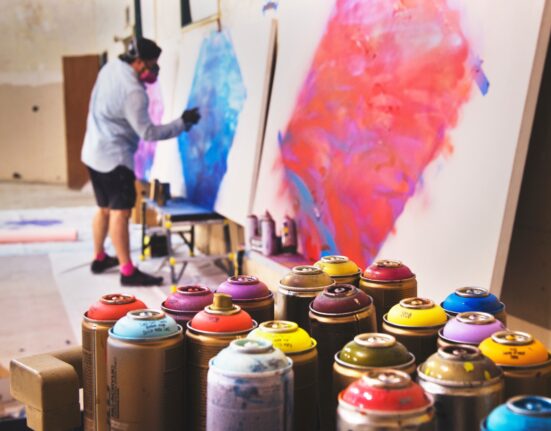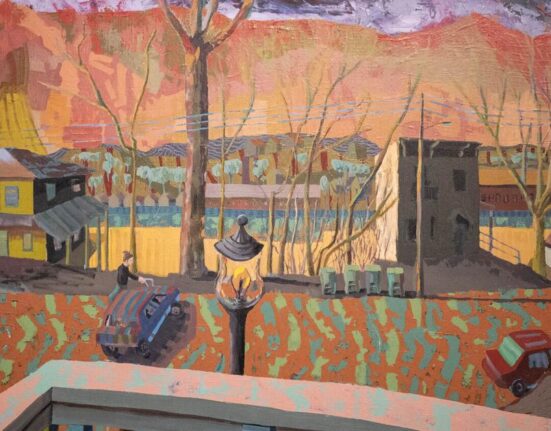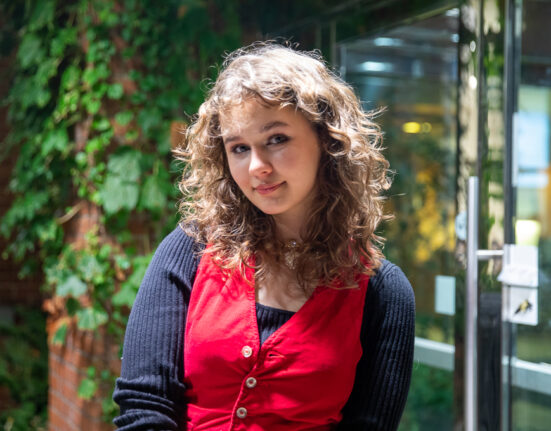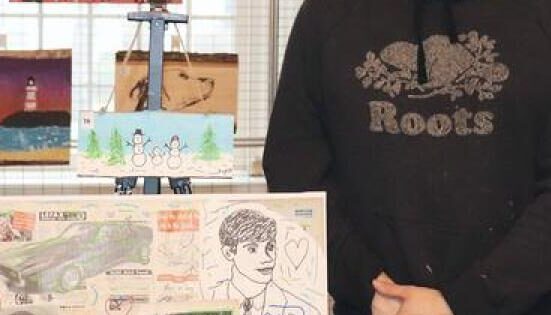Workers in cultural and artistic fields are more than twice as likely to experience sexual and other harassment than people in non-artistic jobs, a survey showed on June 24.
The survey on sexual harassment and sexual orientation and gender identity harassment, conducted by a voluntary group of artists and movie directors, was its third, following those in 2021 and 2022.
The latest survey for the first time covered not only people in 14 areas of the cultural and arts industry, including fine arts, music and comics, but also those who do not engage in artistic activities for their work.
Among the 480 respondents in the cultural and arts industry, 14.6 percent said they have been asked for kisses, hugs or sexual acts in their workplaces.
The rate among the 99 non-artist respondents was 6.1 percent, the survey showed.
The survey also listed seven scenarios of harassment, such as being pressured to disclose sexual preferences or gender identities, or being the only one invited into a closed room.
In all seven scenarios, the ratio of artists who reported having experienced them was 3.5 to 12.7 percentage points higher than that of non-artists.
The highest rates of harassment occurred among people involved in theater dramas, dance and other performance art, as well as those in visual arts, videos and movies, according to the survey.
The survey showed that harassment against males has been overlooked in society.
In the cultural and arts world, 19.2 percent of men said they have been asked for kisses, hugs or sexual acts, a rate higher than that for females.
In many of the seven scenarios, the ratio of men who reported the experiences was higher than that of women.
The survey also highlighted a large gap in pay between men and women in the arts industry.
About half of the male artists reported more than 4 million yen ($25,000) as their highest annual income over the past 10 years, the survey showed.
On the other hand, about half of the female artists said their largest annual income was less than 2 million yen over the same period.
Also, female artists who earn higher annual incomes are more likely to be subject to harassment, according to the survey.

